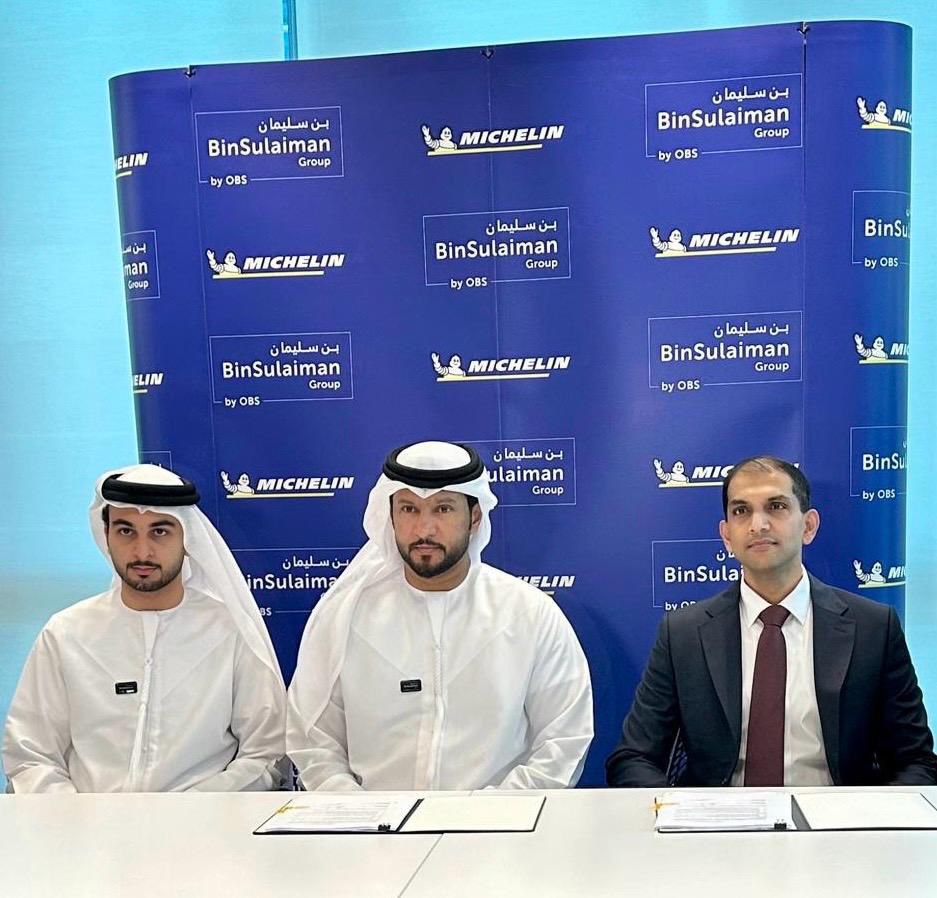
Taking on a family business is a journey that bridges tradition with innovation. The foundation laid by earlier generations is often steeped in practices that worked for their time, but adapting to the modern landscape is essential for long-term success. At 20 years old, stepping into this legacy has been both an honor and a challenge. I’ve made it my mission to respect the roots of our family business while introducing new ideas to keep it relevant and thriving in today’s fast-paced world.
This blog shares my experiences, strategies, and successes in modernizing our family business while staying true to its core values.
1. Embracing the Need for Change
One of the first steps in modernizing a family business is recognizing the areas that need improvement. Businesses that have thrived for decades often develop a sense of comfort in their ways, but clinging to outdated methods can hinder growth.
My Approach:
- Conducting an Internal Audit: I assessed our operations, from customer service to supply chain management, to identify inefficiencies.
- Listening to Feedback: I gathered input from employees, customers, and family members about what was working and what wasn’t.
- Acknowledging Resistance: Change can be uncomfortable, especially for those who have been part of the business for years. I approached these conversations with empathy and patience.
2. Leveraging Technology
Technology has transformed the way businesses operate, and integrating digital tools was one of the first steps I took to modernize our processes. From improving communication to streamlining operations, technology has been a game-changer.
Technological Innovations I Introduced:
- Customer Relationship Management (CRM): Implementing a CRM system helped us better track customer interactions, preferences, and purchase history.
- Cloud-Based Systems: Moving our records and documents to the cloud improved accessibility and security.
- Automation Tools: Tools for invoicing, inventory management, and social media scheduling reduced manual workload and increased efficiency.
3. Revamping Our Marketing Strategy
Marketing has evolved significantly in the digital age. While our family business relied on word-of-mouth and traditional advertising, I recognized the need to reach a broader audience through modern marketing techniques.
Steps I Took:
- Social Media Presence: I established and maintained active profiles on platforms like Instagram, Facebook, and LinkedIn to connect with our audience.
- Content Marketing: Creating valuable content, such as blog posts and videos, helped position our business as an industry leader.
- Search Engine Optimization (SEO): Optimizing our website improved its visibility, driving more organic traffic.
- Paid Ads: I tested Google Ads and Facebook Ads to target specific demographics and generate leads.
4. Enhancing Customer Experience
In today’s market, customer experience is as important as the product or service itself. I realized that we needed to focus not only on delivering quality but also on creating memorable interactions with our customers.
Improvements Made:
- Personalization: Using customer data from our CRM, we personalized offers and communication to enhance engagement.
- Feedback Channels: Introducing surveys and review platforms allowed us to gather insights and make necessary improvements.
- Omnichannel Support: I ensured customers could reach us through various channels—email, chat, phone, and social media—for convenience and accessibility.
5. Redesigning the Workspace
A well-designed workspace can boost productivity and morale. While our office and store layouts had served us well for years, I noticed areas that could benefit from a fresh perspective.
Changes Implemented:
- Ergonomics: Upgrading desks, chairs, and lighting created a more comfortable environment for employees.
- Collaboration Spaces: Introducing areas for brainstorming and team meetings encouraged collaboration and creativity.
- Customer-Friendly Spaces: Redesigning our storefront to be more inviting and modern improved the customer experience.
6. Adopting Sustainability Practices
Modern consumers value businesses that prioritize sustainability. While this wasn’t a significant focus in the past, I saw it as an opportunity to align our values with the expectations of today’s market.
Sustainable Initiatives:
- Eco-Friendly Packaging: Switching to biodegradable materials reduced our environmental footprint.
- Energy Efficiency: Installing LED lighting and energy-efficient equipment lowered our utility costs and environmental impact.
- Community Involvement: Partnering with local environmental groups showcased our commitment to sustainability.
7. Targeting a New Audience
To ensure the business’s long-term success, I recognized the importance of attracting a younger demographic. This meant tailoring our products, services, and messaging to resonate with millennials and Gen Z.
Strategies Used:
- Product Updates: Introducing trendy and functional products appealed to younger customers without alienating our existing base.
- Social Media Campaigns: Engaging posts, influencer partnerships, and interactive content captured the attention of younger audiences.
- User-Generated Content: Encouraging customers to share their experiences online created authenticity and trust.
8. Building a Strong Online Presence
In the digital age, a robust online presence is non-negotiable. I focused on strengthening our website and e-commerce capabilities to meet the expectations of today’s tech-savvy consumers.
Online Enhancements:
- Mobile Optimization: Ensuring our website was mobile-friendly improved user experience and SEO rankings.
- E-Commerce Store: Launching an online store expanded our reach beyond the local community.
- Live Chat Support: Adding real-time customer support boosted satisfaction and conversions.
9. Fostering a Culture of Innovation
Modernizing a business isn’t a one-time project—it’s an ongoing process. To ensure continuous improvement, I worked on fostering a culture of innovation within our team.
How I Achieved This:
- Encouraging Ideas: I created an open environment where employees felt comfortable sharing suggestions.
- Training and Development: Offering workshops and courses helped our team stay updated on industry trends and best practices.
- Recognizing Contributions: Celebrating innovative ideas and successful implementations motivated everyone to think creatively.
10. Measuring the Impact
Implementing changes is only part of the process—evaluating their effectiveness is just as important. I used various metrics to assess the impact of our modernization efforts.
Key Performance Indicators (KPIs):
- Customer Retention Rate: Tracking how many customers returned after their initial purchase.
- Sales Growth: Measuring revenue increases following changes in marketing and product offerings.
- Employee Satisfaction: Conducting surveys to gauge morale and engagement levels.
- Online Traffic: Analyzing website visits, click-through rates, and conversion rates to evaluate digital strategies.
Challenges Along the Way
Modernizing a family business isn’t without its obstacles. I encountered resistance to change, budget constraints, and the occasional failure of new initiatives. However, these challenges taught me resilience and adaptability.
How I Overcame Them:
- Patience: I gave family members and employees time to adapt to changes.
- Justifying Investments: Presenting data and projections helped justify the cost of new tools and strategies.
- Learning from Mistakes: When something didn’t work, I analyzed the reasons and adjusted my approach.
Conclusion: A Legacy Renewed
Modernizing a family business at 20 has been a transformative experience. It’s about more than just updating practices—it’s about honoring the legacy while ensuring its relevance in the future. The journey requires balancing respect for tradition with the courage to innovate, and it demands a commitment to continuous growth.
For those stepping into a family business, my advice is to approach modernization with a strategic mindset. Take time to understand the business’s history, engage with stakeholders, and prioritize initiatives that align with your vision and the market’s demands. Change is never easy, but with persistence and purpose, you can create a legacy that stands the test of time.

